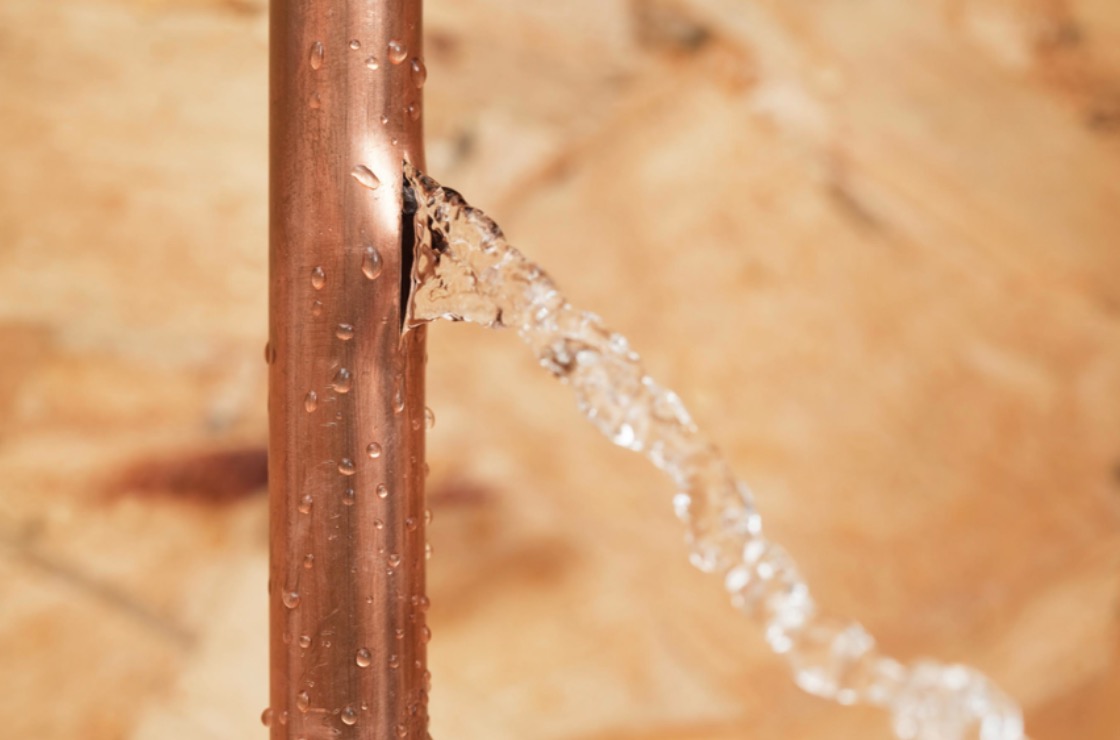Everyone is bound to have their private conception involving Top Causes of Home Water Leaks.

Leakages not only create waste of water but can likewise trigger unneeded damage to your house and advertise unwanted natural growth. Water leaks could go unnoticed because most of the pipework in our house is hidden. By comprehending and looking for day-to-day circumstances that trigger leaks, you can safeguard your home from future leaks and unnecessary damage. Today, we will certainly take a look at 6 leak triggers that might be creating your pipes to leak.
Encroaching origins
The majority of water leakages start outside your house as opposed to inside it. If you notice an abrupt decrease in water stress, state in your tap, require time to head out and analyze your lawn. You could observe wet spots or sinkholes in your yard, which might suggest that tree roots are attacking water lines triggering water to permeate out. You can have your plumber check for breach, especially if you have trees or bushes near your property.
Corroded water systems
As time passes by, your plumbing system ages and corrosion such as rust might begin eating away the pipes. This might be the source of staining or bending on your water pipes. This calls for an assessment with your plumber right away. Consider changing the pipelines since they are at a greater threat of corrosion than the more recent designs if our plumbing system is old.
Defective Pipeline Joints
The factor at which your pipelines attach is often the weakest web link in the waterline. Pipe joints can degrade over time, resulting in water leaks. However, the majority of pipeline joints are not easily noticeable. If you have noisy pipes that make ticking or banging sounds, particularly when the warm water is activated, your pipeline joints are possibly under a lot of stress. It is a good idea to have your plumber check your system once a year.
Immediate temperature adjustments.
Extreme temperature level adjustments in our pipelines can trigger them to expand and contract suddenly. This growth and contraction may trigger splits in the pipelines, specifically if the temperature are below freezing. If you maintained an eye on just how your plumbing functions, it would certainly be best. The presence of the previously discussed conditions often shows a high danger.
Poor Water Connectors
Sometimes, a leakage can be caused by loose hoses and also pipes that supply your devices. Generally, shifting is what triggers the loosened water Links. You might locate when it comes to a washing maker, a tube might spring a leak as a result of drinking throughout the spin cycle. In case of a water links leakage, you may discover water running directly from the supply line or pools around your devices.
Blocked Drains
Obstructed drains pipes might be annoying as well as inconveniencing, yet they can sometimes end up triggering an overflow causing break pipelines. Maintain removing any materials that may decrease your drains that might block them to avoid such inconveniences.
All the above are causes of leakages but not all water leaks result from plumbing leakages; some leakages might originate from roof leakages. All leakages ought to be fixed right away to prevent water damage.
Leaks not just trigger waste of water however can also create unneeded damage to your residence and also promote unwanted natural growth. By understanding and also looking for daily situations that create leaks, you can shield your home from future leakages and unneeded damages. Today, we will look at 6 leak triggers that may be triggering your pipelines to drip.
At times, a leak can be created by loose pipes as well as pipes that provide your devices. In case of a water connections leak, you might see water running directly from the supply line or puddles around your home appliances.
How To Check For Water Leak In Your Home
How To Check for Leaks
The average household's leaks can account for nearly 10,000 gallons of water wasted every year and ten percent of homes have leaks that waste 90 gallons or more per day. Common types of leaks found in the home are worn toilet flappers, dripping faucets, and other leaking valves. These types of leaks are often easy to fix, requiring only a few tools and hardware that can pay for themselves in water savings. Fixing easily corrected household water leaks can save homeowners about 10 percent on their water bills.
To check for leaks in your home, you first need to determine whether you're wasting water and then identify the source of the leak. Here are some tips for finding leaks:
Take a look at your water usage during a colder month, such as January or February. If a family of four exceeds 12,000 gallons per month, there are serious leaks.
Check your water meter before and after a two-hour period when no water is being used. If the meter changes at all, you probably have a leak.
Identify toilet leaks by placing a drop of food coloring in the toilet tank. If any color shows up in the bowl after 10 minutes, you have a leak. (Be sure to flush immediately after the experiment to avoid staining the tank.)
Examine faucet gaskets and pipe fittings for any water on the outside of the pipe to check for surface leaks.
Undetected water leaks can happen without the home or business owner even realizing. If you suspect a water leak, but not able to find the source. It is time to contact a professional water leak detection service, The Leak Doctor.
How To Find a Water Leak In Your Home
https://www.leakdoctor.com/blog/How-To-Check-For-Water-Leak-In-Your-Home_AE197.html

We were made aware of that article on How Fast Water Damage Can Ruin Your Home from someone on another web property. Do you know about anybody else who is in the market for the niche? Please feel free to promote it. Thanks a bunch for your time. Don't hesitate to check our site back soon.
Overflow? Ring now!